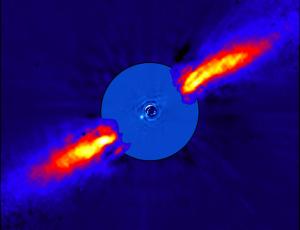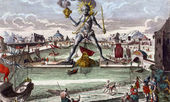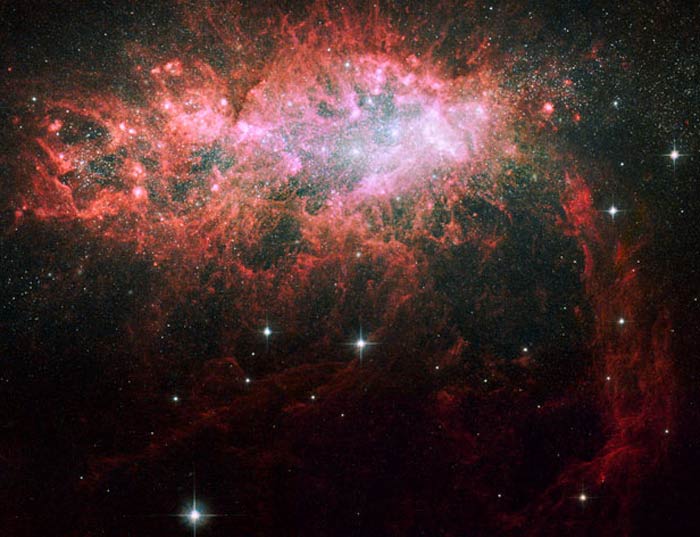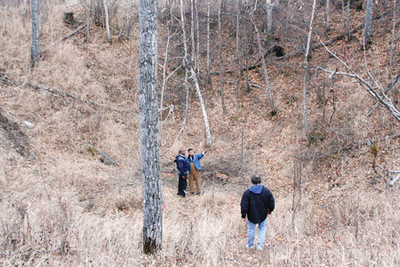A planet may have been imaged closer to its star than any photographed previously, astronomers say. The candidate planet, which might still turn out to be a foreground or background object, appears to lie at about the orbital distance of Saturn around the well-studied star Beta Pictoris.
Astronomers have long suspected that the young, 12-million-year-old star hosts a massive planet, since it is surrounded by a dusty disc of debris thought to be created by the collision of rocky bodies and infalling comets.

© ESO/A-M Lagrange et al.The light from the star Beta Pictoris (which has been blocked out in this near-infrared image) is 1000 times brighter than the bluish-white dot left of centre, which may be a planet. The possible planet is thought to be less than 12 million years old, and still retains the heat of its birth, boasting a temperature of around 1200° Celsius.
Evidence for such a planet grew stronger in 2006, when astronomers reported finding what appeared to be a second, smaller dusty disc around the star that was tilted slightly with respect to the main disc. It may have formed after a planet between 1 and 20 times the mass of Jupiter was thrown out of the main disc by gravitational interactions with other bodies there.






Comment: Those ultra-right Christians infiltrated all spectrums of life in America: politics, the media, education and now obviously, science. Which other group will consider words such as 'bisexual', 'lesbian' and 'sexual intercourse' as "red flag language" in scientific research papers, and criticise research on teenage sexual abstinence?